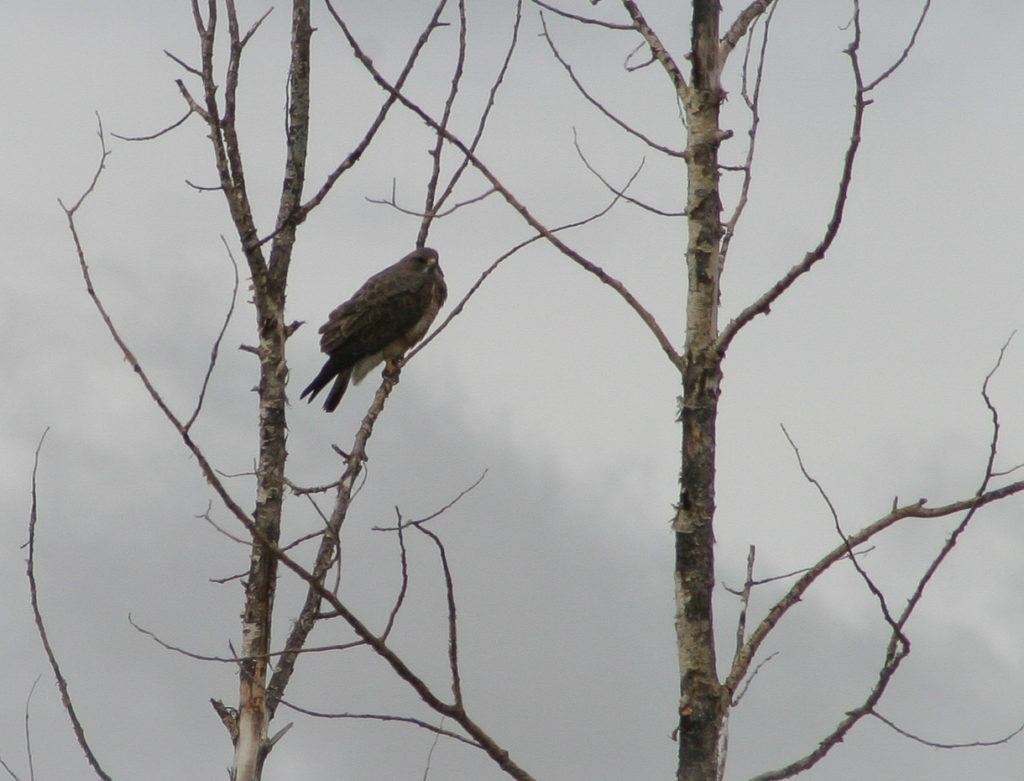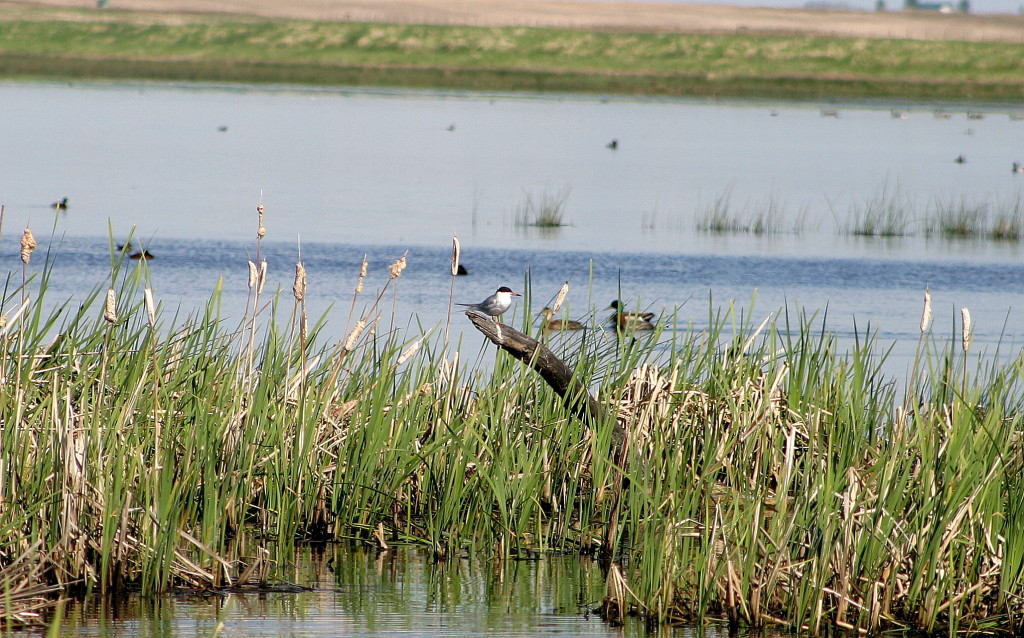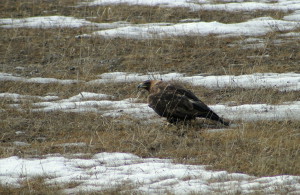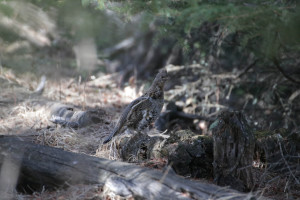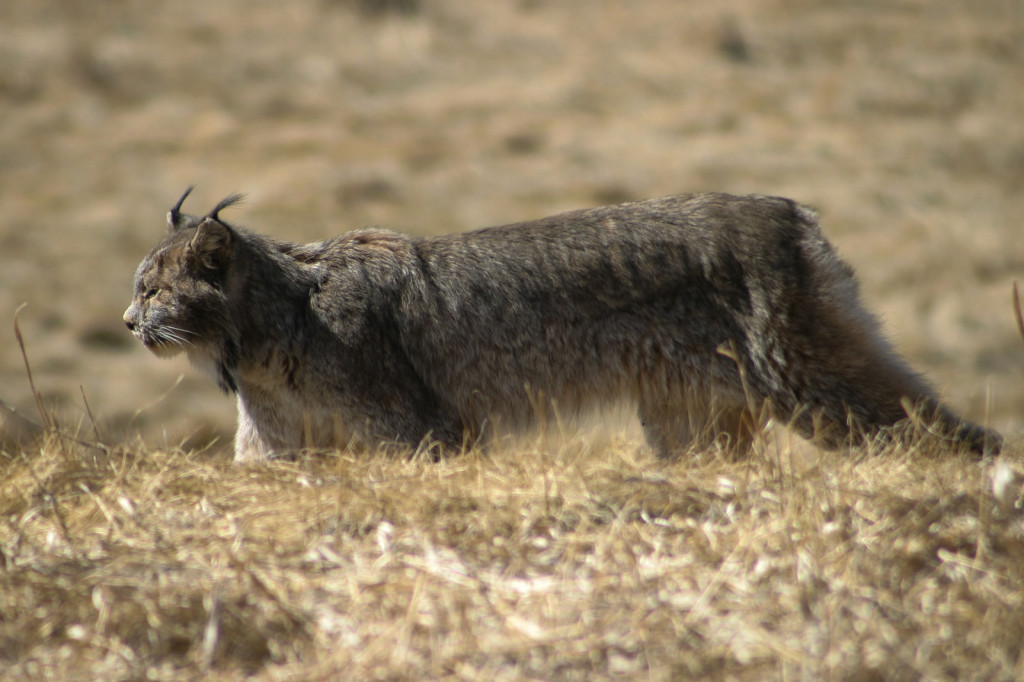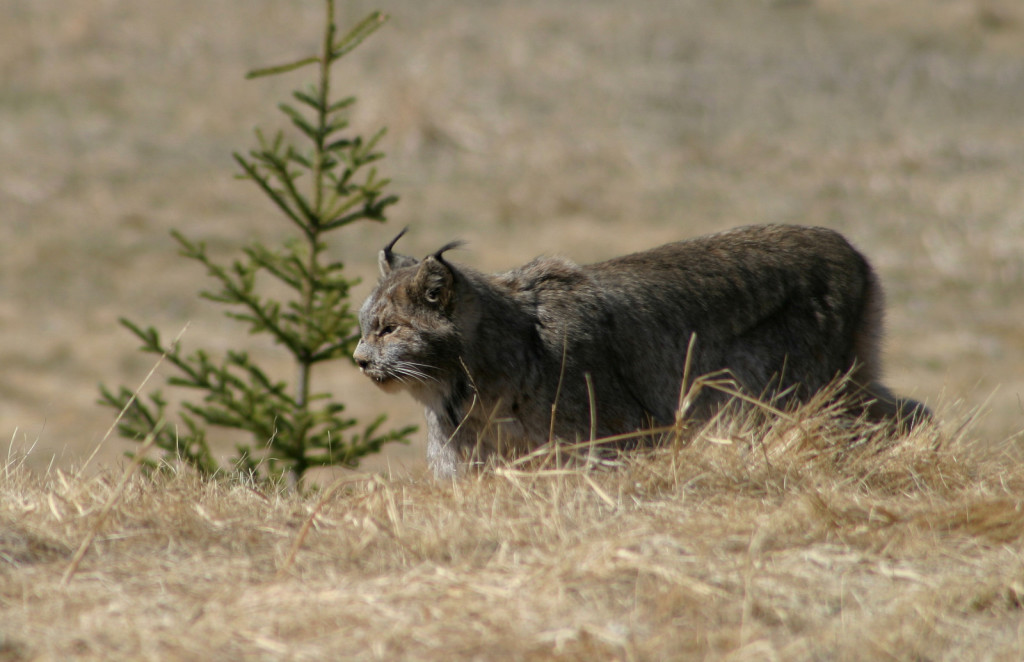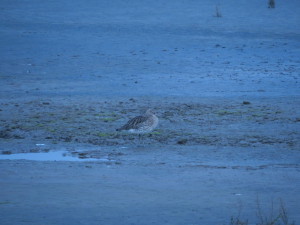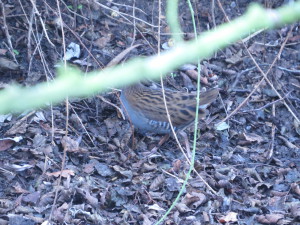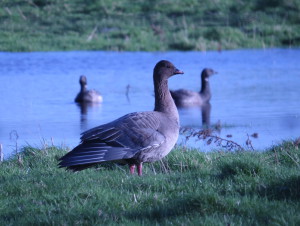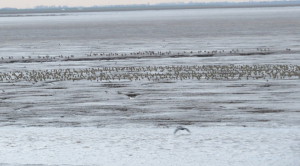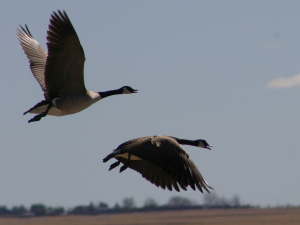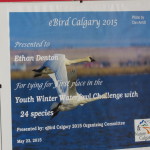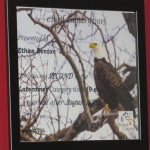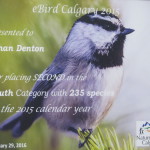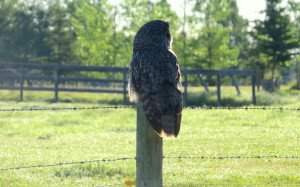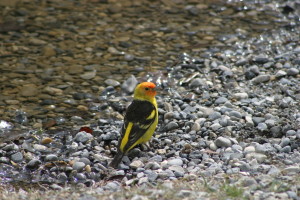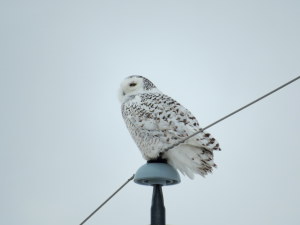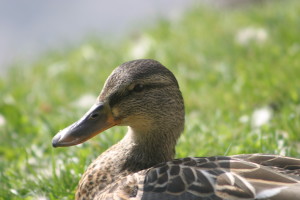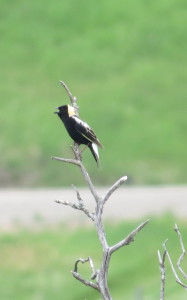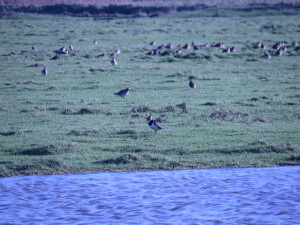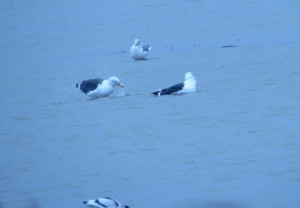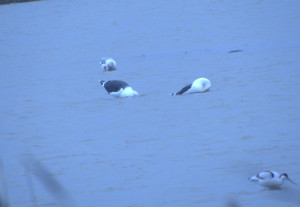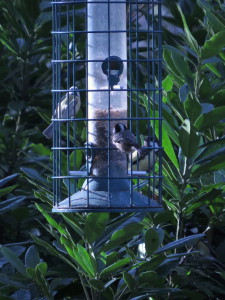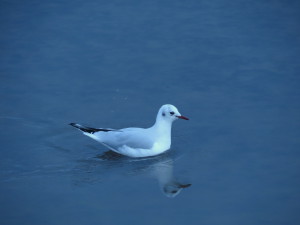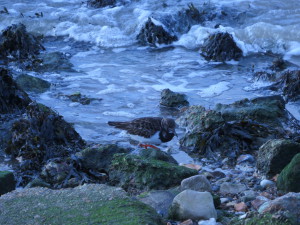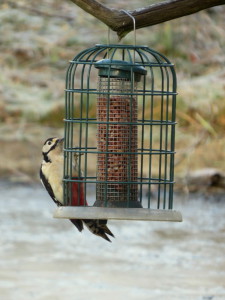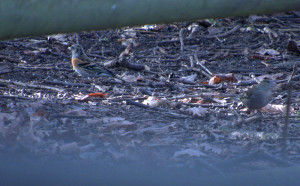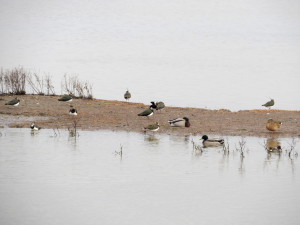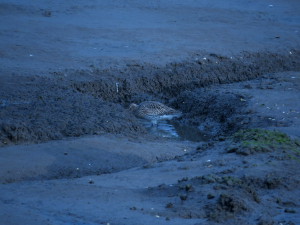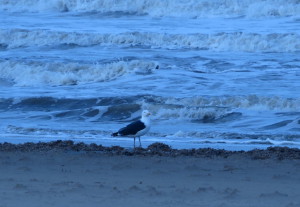I had 46 species before the Birdathon had even started. An owl chick, a mating pair of hawks and a Vesper Sparrow were all things that I was not to be graced with during the count. But I would never have guessed what I would see during my fourth birdathon.
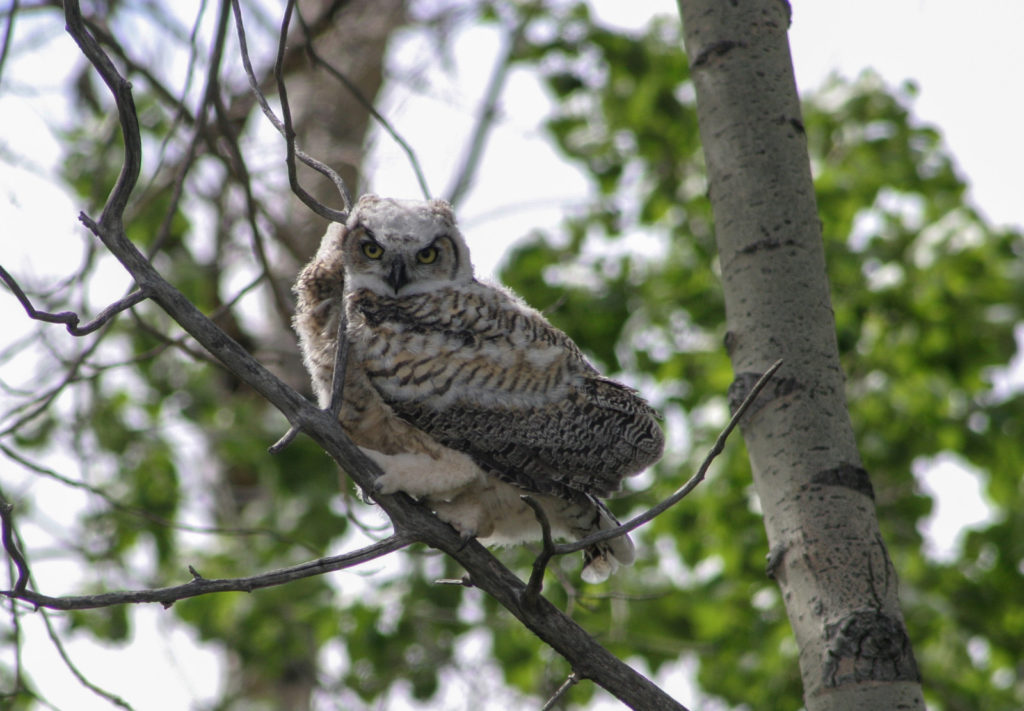
As per usual, I spread my Great Canadian Birdathon over two days, starting at 11:08 at Frank Lake on Friday, May 20th and ending at the same time on the 21st at the Cave and Basin (Banff).
Frank Lake… possibly the best birding lake in Alberta. The fifty odd species that I saw there ranged from Long-billed Dowitcher and Wilson’s Phalarope to Western Meadowlark and four types of swallow. We only went to the North West access point, where the blind is, but there are two excellent places that only take a minute or two to walk to.
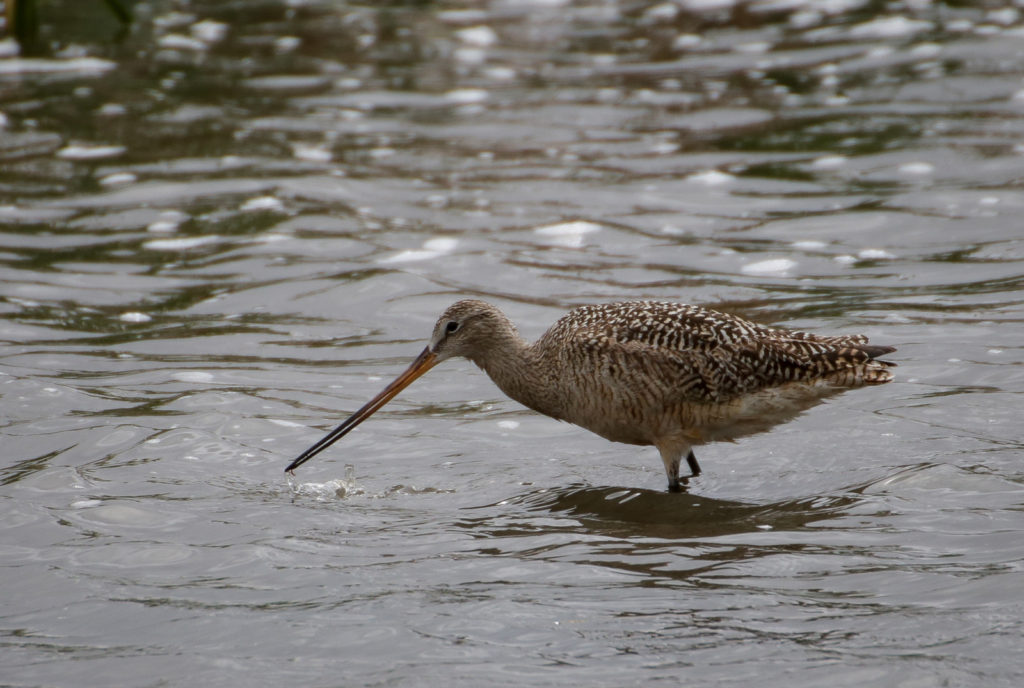
We bombed at Blackie, where there are often two species of dove at the grainery, but we found nothing new but a Downy Woodpecker.
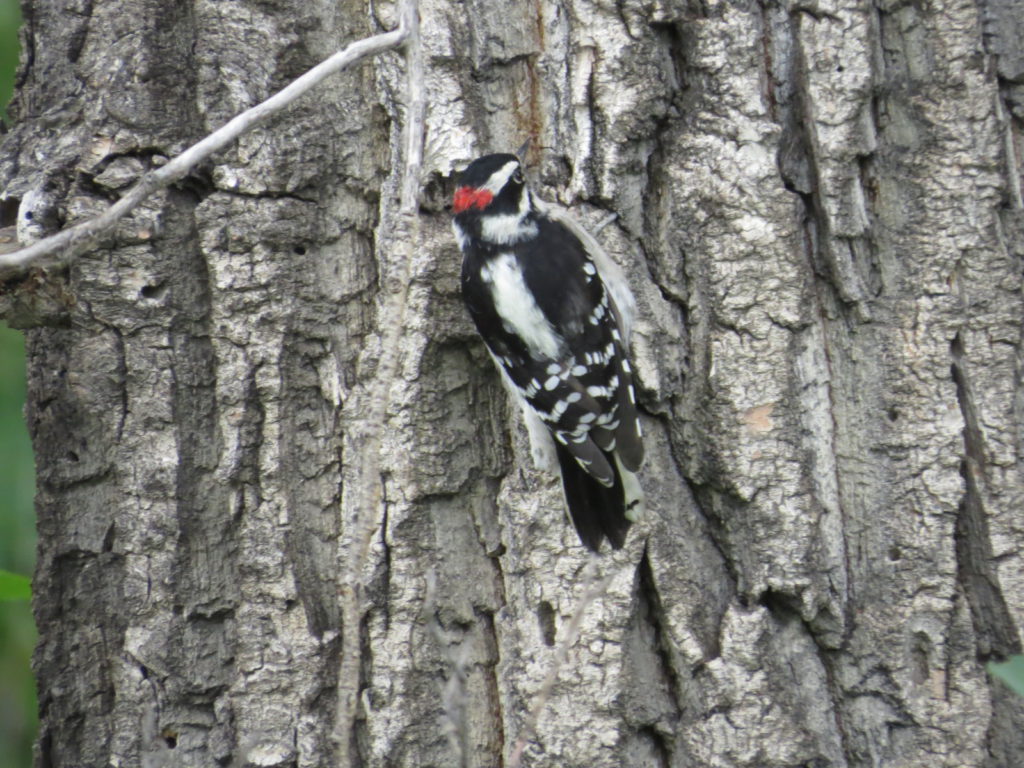
Everyone knows that the back roads are rich in birdlife, and only a little slower than the big roads. On 306 Ave east, we found seven new bird species. Least Sandpiper, Pectoral Sandpiper, Spotted Sandpiper and Lesser Yellowlegs made up the contingent of shorebirds, while hawks and harriers roamed the fields.
At Langdon Corner Slough, Sanderling, Short-billed Dowitcher and Greater Scaup were amongst the newcomers. However, what we watched the most was the antics of a Foster’s Tern divebombing a Cananda Goose, trying to drive it away from its nest. This event, unfortunatly was too far away for any usable photos with my lense, so here is a photo of a different Forster’s.
It was a day for Swallows, as we found many in all places, but especially at Inverlake Road where over 600 of the birds were flying. In 1000 or so other birds, though we were not sure at the time, we have now confirmed a lifer there in the form of Semi-palmated Plover!
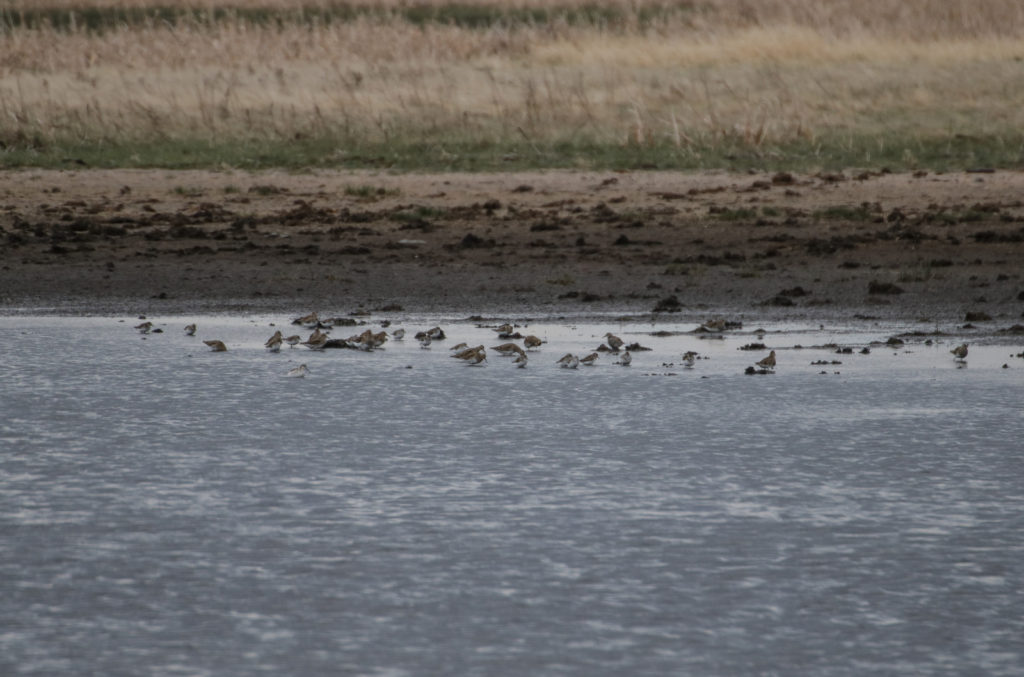
McElroy Slough was deserted because of its exposure to the howling wind. If I were a duck, I wouldn’t want to be out there.
We were worried for a time at Chestemere, for it appeared that the Purple Martins would not show until single bird fluttered over our car as we were leaving.
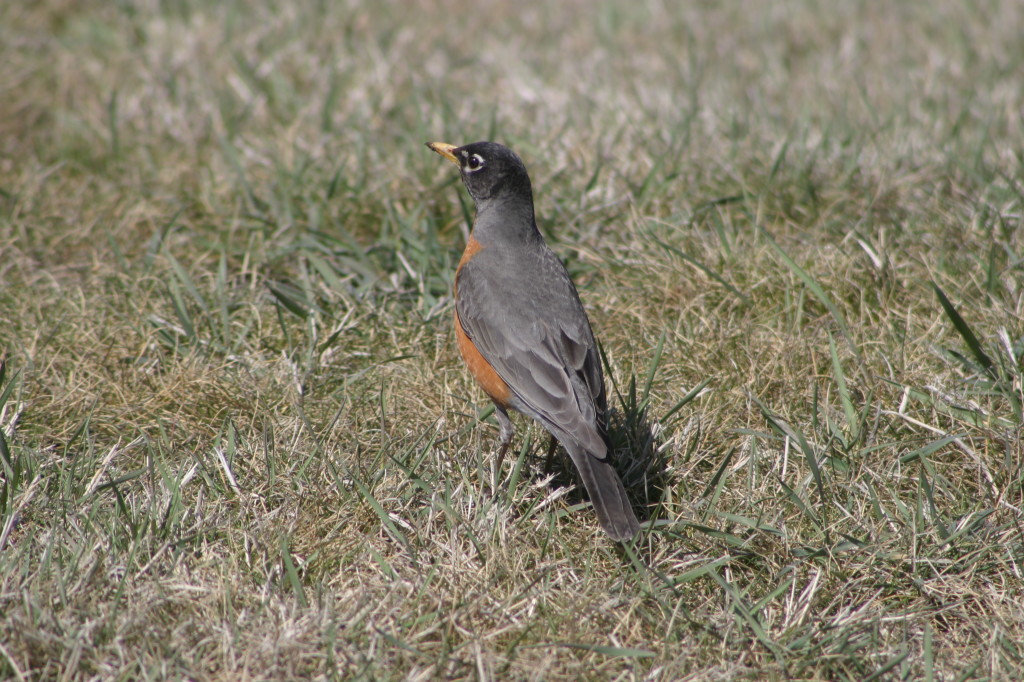
Uh Oh. 5:00 and we didn’t have a single Ring-billed Gull. Time to head for Glenmore Reservoir. Amongst the 500 Franklin’s Gulls we found three Great-Blue Herons, a Solitairy Sandpiper and, yes, four young Ring-billed Gulls.
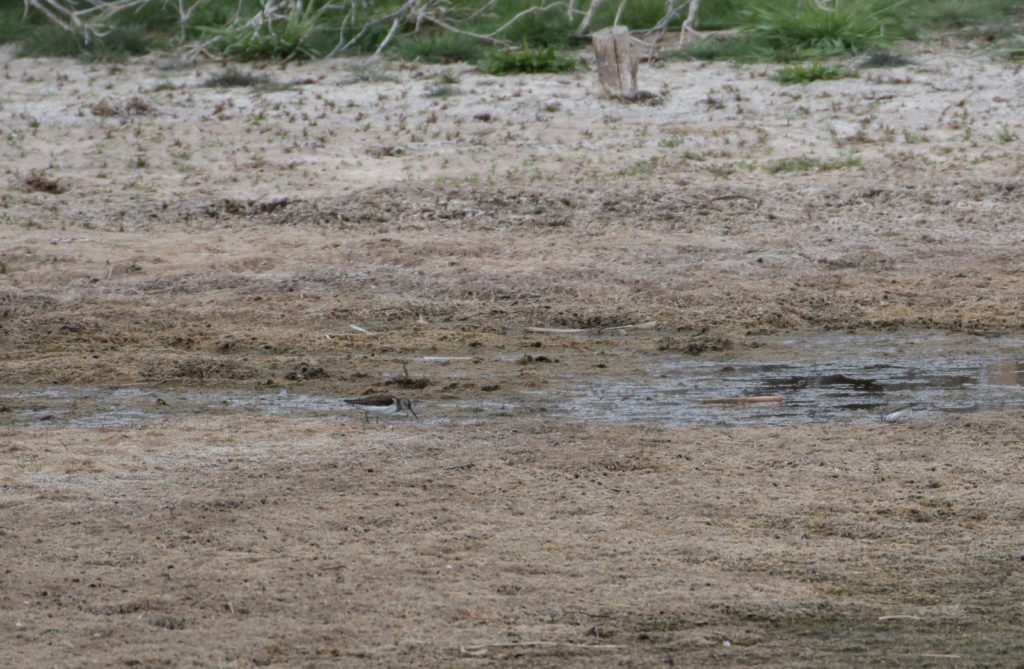
We were not at Glenmore for Glenmore, though. We were there for the Weaselhead Natural Area right beside the reservoir. If you glance back through the post, you’ll see that it was mostly wetland that we visited, so the passerine numbers were rather low. An hour at the Weaselhead proved invaluable.
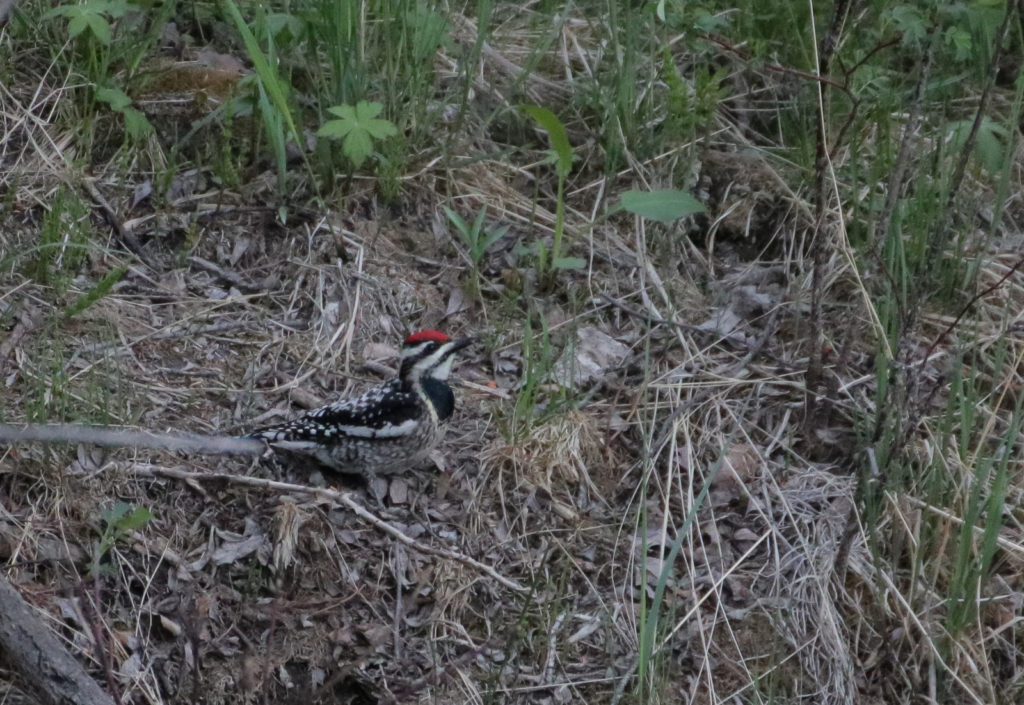
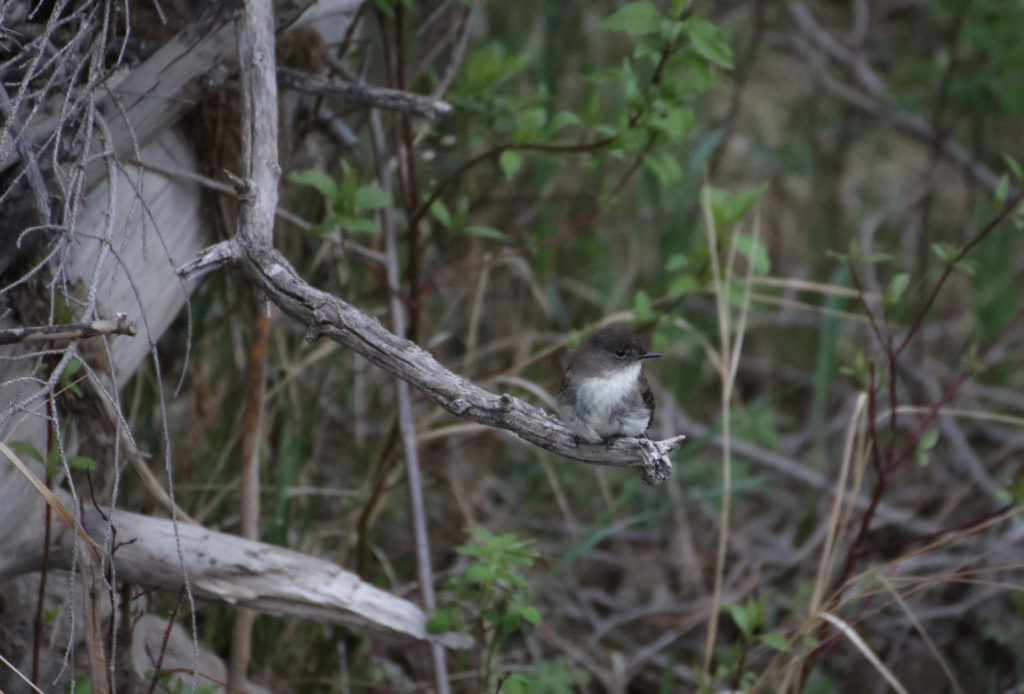
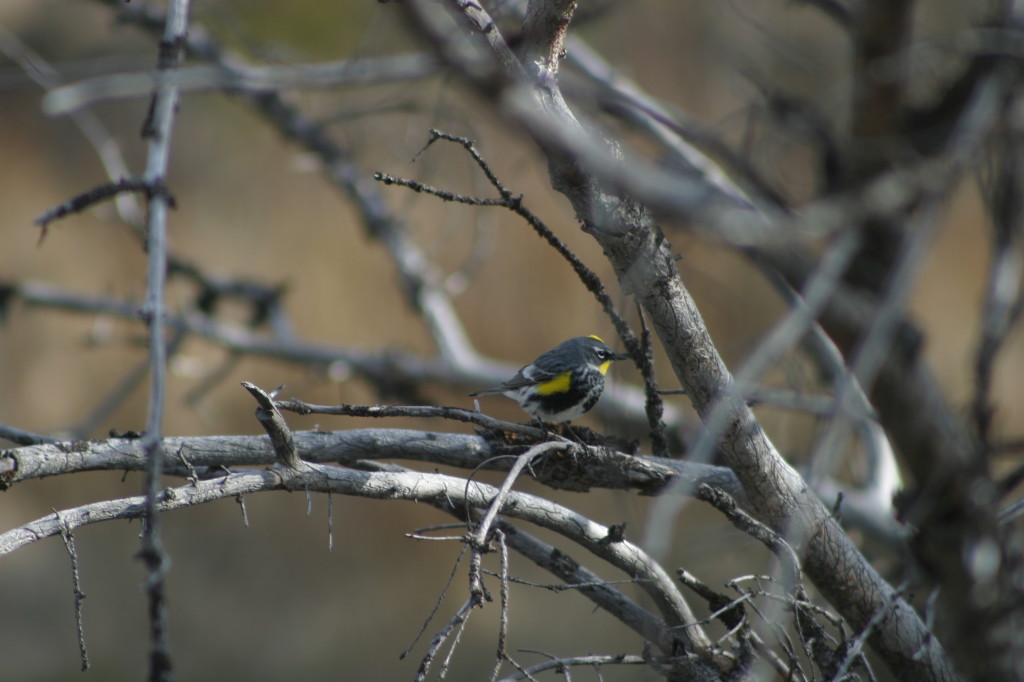
And (supposedly) to end the day off, we headed to Horse Creek Road Marshes to try for Yellow Rail, Nelson’s Sparrow and Le Conte’s Sparrow. By a quarter to nine, it didn’t look like we would find any of them. But just as we were pulling out of the pull-out, I heard a buzzy “T-shhhhhhhh-t” as a Le Conte’s Sparrow sounded. And we drove home.
Or, I thought that we were driving home. My Dad had other ideas.”Don’t laugh, it might work” he says as we turn into Ghost Lake where there is often a Calliope Hummingbird. It’s 9:30 at night, and dumping a gallon of rain per foot per second. I laugh, but my tune changes when I spot a Rufous hovering around some bushes.
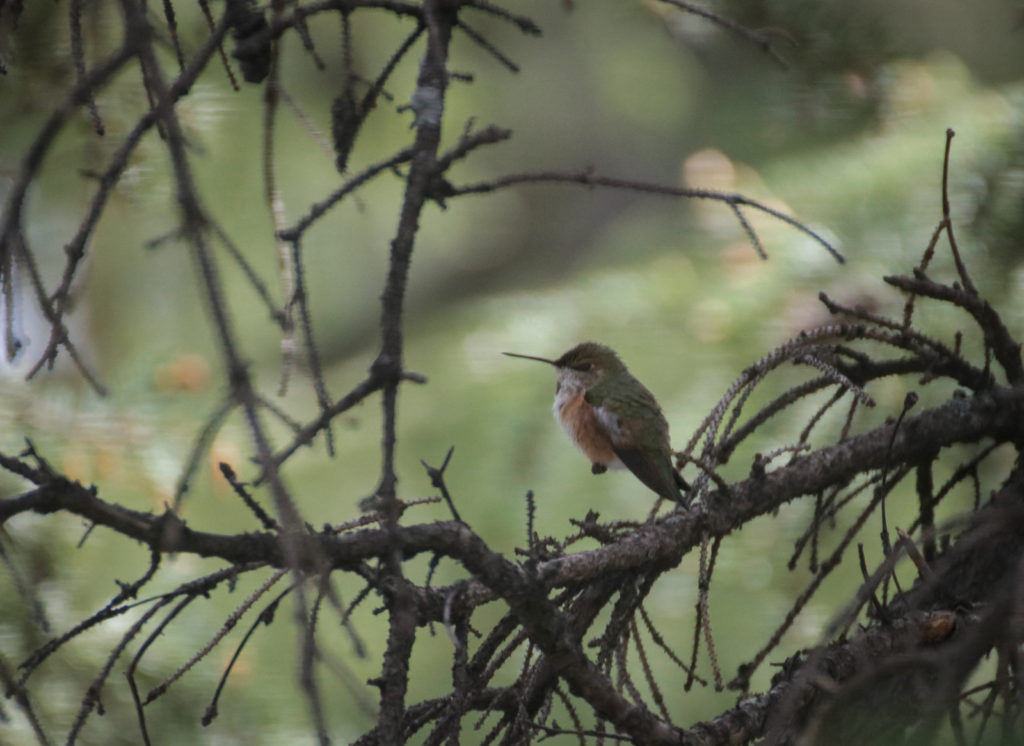
But that’s not all. As we watch the hummer, something sings out from behind us. Not a song I’ve heard in (exactly) a year. It’s a warbler, and not the most regular, though it does not show up as a rarity in eBird. Chestnut-sided Warbler, to be presise. Try as we did, we could not see it, but the song is exactly right.
And then we truly went home.
